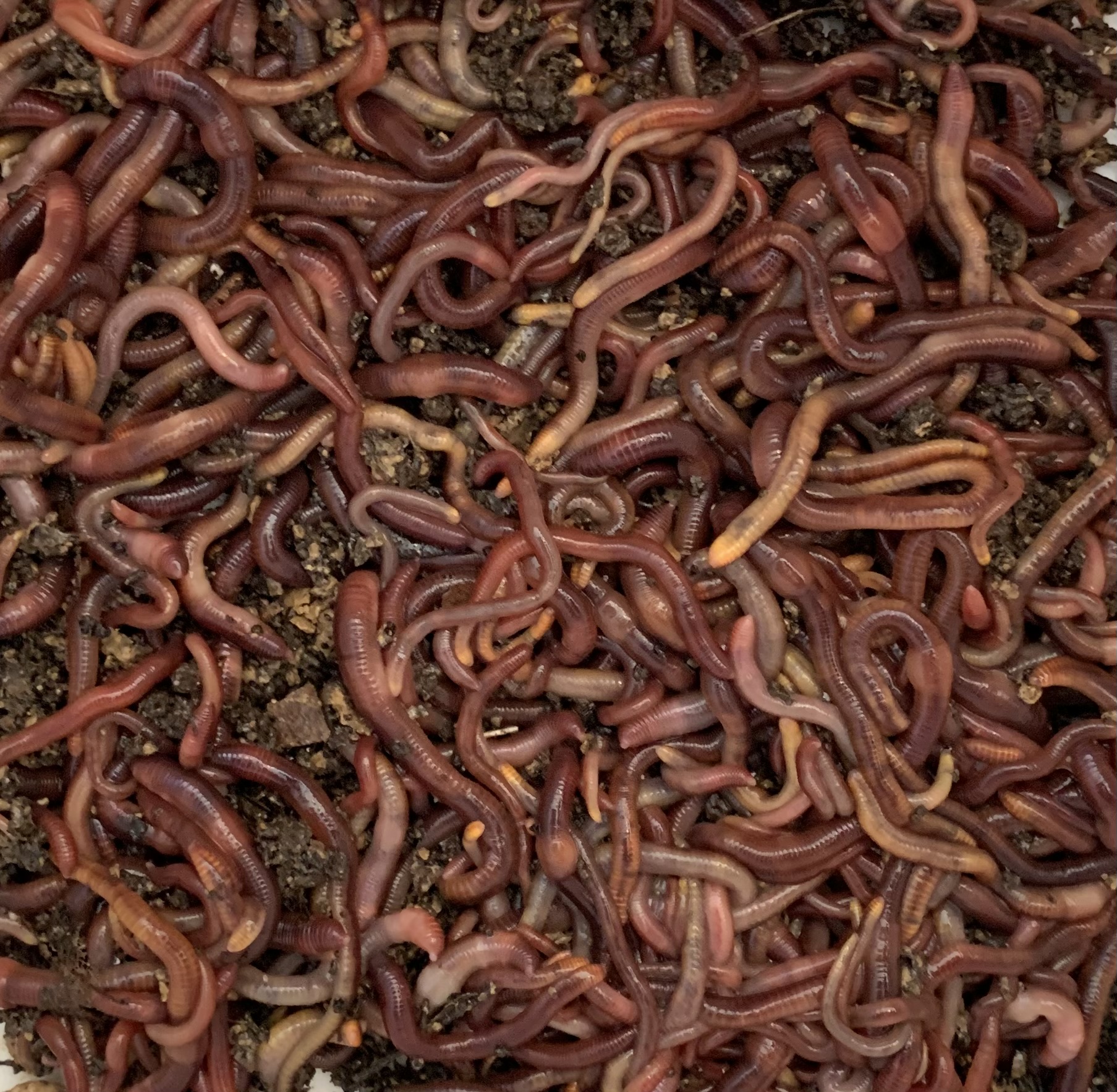The Ultimate Guide To Red Wiggler Express
The Ultimate Guide To Red Wiggler Express
Blog Article
The Best Guide To Red Wiggler Express
Table of ContentsThe smart Trick of Red Wiggler Express That Nobody is Talking AboutGetting The Red Wiggler Express To WorkRed Wiggler Express Can Be Fun For EveryoneFascination About Red Wiggler ExpressUnknown Facts About Red Wiggler Express
Some worm farmers in fact withhold food and water to imitate dry spell conditions and bump up cocoon production. We do not recommend this for the home composter as it has the prospective to exterminate way too many of your ideal worms. Since you understand everything about the red worm it's time to go out and locate a good vendor and obtain a pound or more and start your very own worm ranch.We'll chat concerning just how to preserve red wigglers and why they must be the go-to worm for many composters. Fun fact: The "fetid" component of the binomial name refers to what some claim is a fetid secretion the red wiggler makes use of to fend off killers. The composition of a red wiggler looks like that of other common earthworms; a long-segmented body begins at the sharp head and ends at a slightly-flatted tail.
Some Known Details About Red Wiggler Express
The digestion tract is straightforward, beginning at the mouth where the worm begins to eat its food before passing it on the vocal cords. The throat is a muscle area which acts like a pump to draw food into the mouth prior to pumping it out into the esophagus. The esophagus is slim and thin-walled and functions as the "waiting room" for the gizzard.
Keep in mind: This need for grinding is why grit is advised in a worm bin. The worm includes no native grinding capability so the worm relies upon consumed grit to aid grind its food in the gizzard. The belly is where the first chemical failure of food occurs with the aid of a protein-busting enzyme.

Within 42 days, these infant worms will reach sexual maturity as shown by the emergence of the clitellum. A mature red wiggler can be anticipated to live in between one to 3 years. The mighty red wiggler may in some cases be used as a bait worm for smaller sized fish or as a healthy protein resource for poultries and reptiles.
Getting My Red Wiggler Express To Work
And as discussed over, they are the most common composting worm in the world. Instead, a combination of expense, strength, and comfort in a vast range of temperature levels makes it the most appropriate composting worm for a lot of brand-new vermicomposters.
This is a typical technique among worm shippers that don't intend to run the risk of having the worms being in a hot or chilly storage facility over the weekend break. Worm farmers are not storing worms in a scenario where they are ready to deliver. The worms must be gathered from their environment first, so cultivators will certainly often set a Friday or Saturday deadline in order to harvest in time for a Monday shipment.
To save money on delivery cost, you might want to see if there are any kind of close-by "Mama and Pop" stores through a Google search. If you do not find what you're trying to find, after that I welcome you to look into worms via the Urban Worm Company! The quantity of red wigglers you acquire should be entirely dependent upon the surface you have offered for vermicomposting.
I call these the "Huge 3" aspects of worm container maintenance. As mentioned earlier, red wigglers have a vast temperature tolerance.
Get This Report about Red Wiggler Express

For best results, you want to shoot for about 60-70% dampness degree. At the ideal wetness degrees which is simply under 70% that handful should barely yield one drop of fluid.


The European Nightcrawler, the larger cousin of the red wiggler, is equally as starved and likewise makes for an excellent lure worm. However it chooses a bit of a cooler environment than the red wiggler. The African Nightcrawler is an extremely large composting worm and makes a stunning, granular actors.
The Indian Blue is ravenous, yet also prefers a warmer climate and it additionally exhibits a tendency to escape the bin. The red wiggler is a sturdy worm and isn't as particular concerning its environment. I such as to call it the Ford Taurus of vermicomposting worms; you won't brag to your hardcore composting buddies that you own them, however they will serve you well.
5 Simple Techniques For Red Wiggler Express
Guaranteed active 1/2 pound of hand sorted Red Wigglers/Compost with worms (+500 worms) in various phases of life from cocoons to mature worms in their natural environment/bedding. Hand arranged worms minimized the disturbance of the worms therefore guaranteeing real-time delivery. Red wiggler worms do not like resonances or light.
Report this page